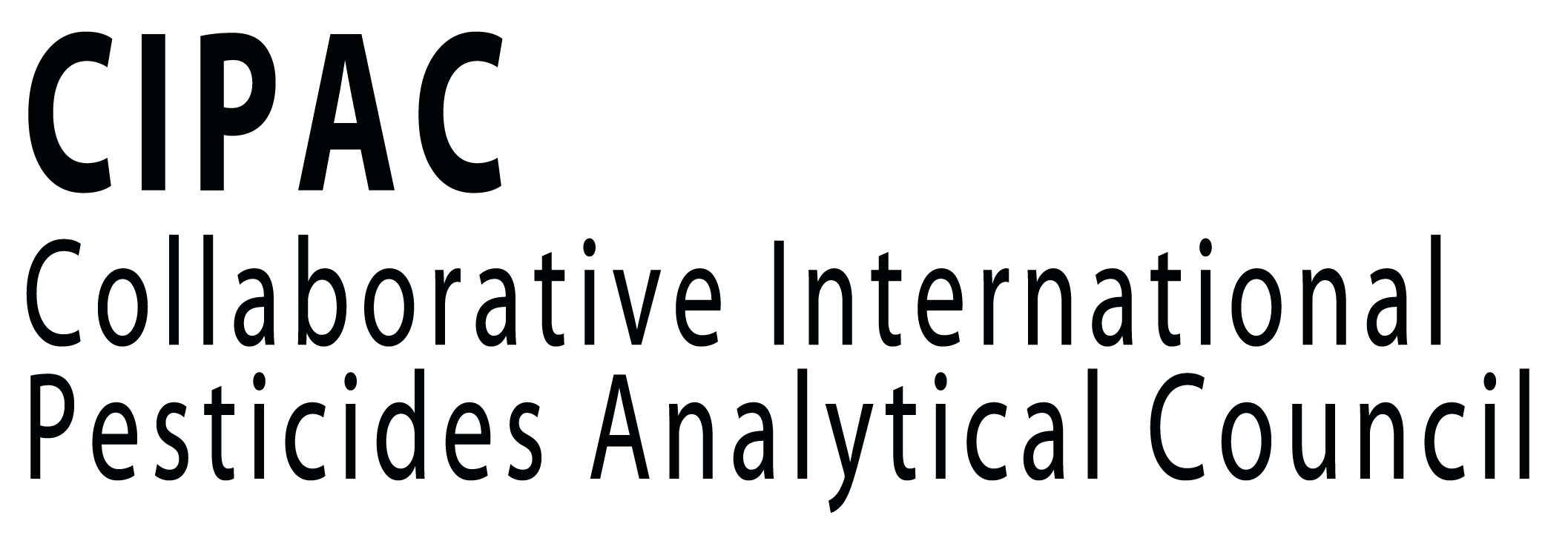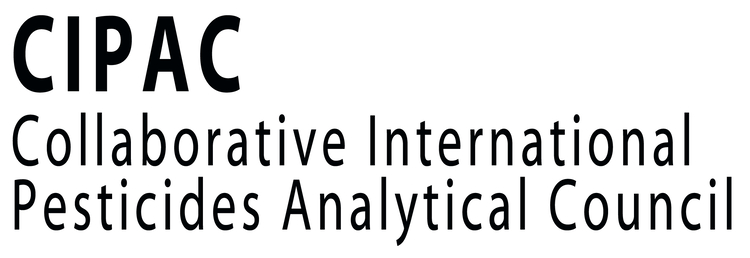MT 157 - Water solubility
Content Handbook F
Outline of method
At the test temperature a saturated aqueous solution of the test substance is prepared, and the mass concentration is determined using a suitable analytical method.
157.2 Column Elution Method (Solubility less than 10-2 g/l)
This method is based on the elution of the test substance with water at constant temperature from a column charged with the substance which is finely distributed on an inert support material. The flow rate of the water should be adjusted so that a saturated solution leaves the column. Saturation is achieved when, in consecutive fractions of the eluate at different flow rates, the mass concentration - determined by a suitable method - is constant. This is shown by a plateau when the concentration is plotted against time or eluted volume.
157.3 Flask Method (Solubility above 10-2 g/l)
The test substance is thoroughly distributed in water at 20°C. In a fraction of the suspension, any suspended particles are separated and the concentration of the test substance in the clear solution is determined, using a suitable analytical procedure. Saturation is attained when no significant difference in concentration is found in consecutive tests, and after doubling the time intervals used for the adjustment of equilibrium.
Scope
There is no one method to cover the whole range of solubilities in water. This recommendation therefore includes two methods. The column elution method applies to substances with solubility less than approximately 10-2 g/l. The flask method applies to substances with solubilities higher than approximately 10-2 g/l. Which procedure should be applied can be decided using a simple preliminary test.
Both methods are limited to pure solid or liquid substances, not chemically changed by the influence of water, and are not applicable to volatile substances. As yet there is no general definition whether a substance is volatile or not, regarding the applicability of these methods. It is proposed that chemicals having a vapour pressure of more than 0.1 mbar (10 Pa) at 20°C (293 K) should not be submitted to the column elution method unless one can be certain that no significant loss of test substance will occur during the procedure for loading the support material. When using the flask method for substances having a vapour pressure of more than 100 mbar (104 Pa) at 20°C (293 K), it is advisable that additional experimental conditions be observed.
The test substance should be of known purity (ideally, as pure as possible). The identity of the substance to be tested must remain unchanged during the procedure.


